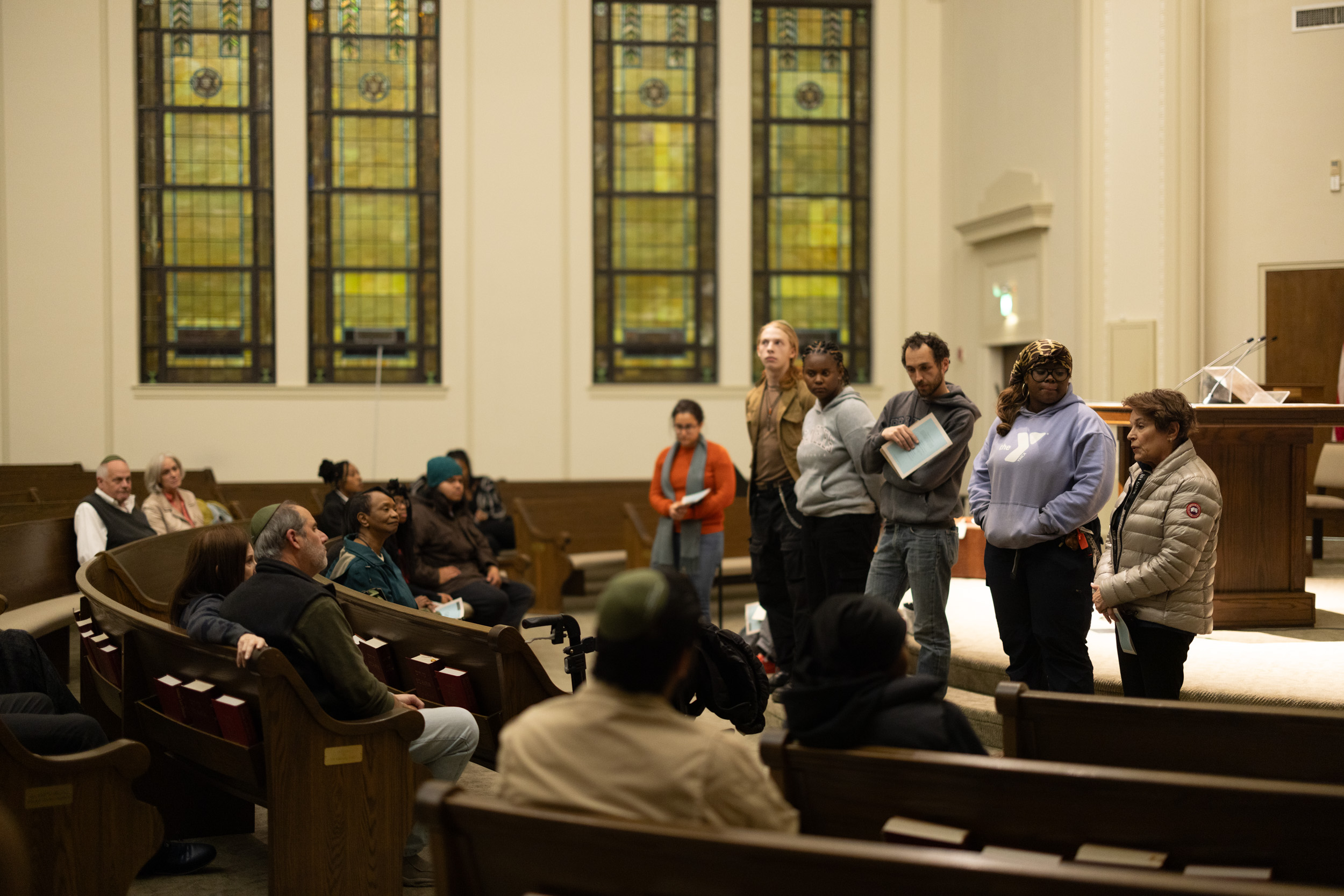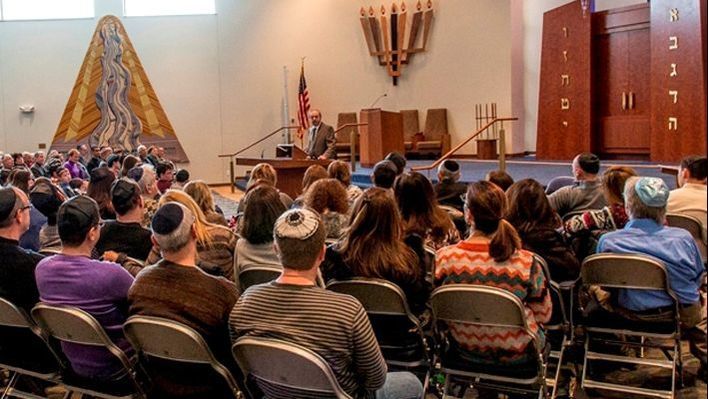
During the current pandemic, congregations that have spent years looking for ways to bring people into their buildings now have to insist that they stay out. With doors shuttered, how do congregations fulfill their sacred purpose when conditions require a whole new approach that seemingly breaks with cultural tradition? “They leverage the opportunity to innovate,” according to Bob Leventhal, Director of Synagogue Leadership Development, USCJ. Below, he explains how synagogue leaders can cut through the fear and anxiety of the pandemic to come out ahead.
Q: Is using communications technology to facilitate congregational community, Jewish rituals, and prayer against conservative values?
A: The Talmud tells us that when the ancient temple was destroyed, the idea that God should be worshipped didn’t change. This turning point in Jewish history – when priests, musicians, artists, carpenters found themselves out of place and out of work mirrors what’s happening now. People were forced to reimagine what Judaism would look like and then went and created a new way.
Today, I am seeing very traditional congregations, who in the past would never have considered using communications technology, changing their course and doing it because the need to serve the community trumps their own comfort level. We understand that halakhic guidelines can sometimes allow us to make these adaptations. Daily minyans are scheduled online so people can say Kaddish and be comforted. Great leaders are able to see how practices need to be retooled to serve the larger mission.
Q: How do leaders rise to the occasion during this anxiety and fear-ridden time to keep their congregations together?
A: It isn’t easy, but as Peter Drucker said, “leadership is a foul weather sport.” Leadership really is what’s called for when people are feeling fearful. This harks back to the story of Jonah, when God said to him, “will you tell us what fear looks like?” to which he responded, “ No, I’d rather jump into the ocean than have to go into the place of fear.” But, like the captain of a ship, leaders need to remain steady and focused on riding through turbulent waters and at the same time, keep their commitment to connectedness unchanged.
We need to be steady in purpose and flexible in strategy. As a community-based religion, we believe that life is fully experienced together. We learn together, we find God better together. While we need to be steady in our community-building purpose we need to be flexible in our strategies for convening and engaging this community.
Examples:
Streaming- Instead of thinking “that’s not what the Conservative movement does,” think of how livestreaming or other technology can help to keep our congregations and rituals intact, while still maintaining adherence to halakhic guidelines. Congregations that barely have a daily minyan are finding numbers soar. New people are gaining comfort and others are experiencing the mitzvah of comforting and the power of being present. Going forward, one can imagine that this growth in mitzvah would be well worth a little effort on technology.
Learning- I just finished a class online with Park Ave Synagogue in New York City on mitzvot. The first session was partially on line and the rest was a live discussion online. We can imagine a future where both communities might be welcomed. We designed Sulam for Emerging Leaders to be done at synagogues for groups of 10-15. USCJ affiliate Temple Beth Sholom (Elkins Park, PA) just did the session online. Going forward, would some busy young families prefer to do this from home?
Convening- I recently experienced a paradigm change. Because of the pandemic, we had to switch the Sulam for Presidents leadership intensive to be a virtual program. For years, my team had only delivered it in person, with small groups of synagogue leaders, relying on face to face interaction, the bonding, networking, and exchange of ideas that come out of that. In this crisis, we had to be flexible in strategy.
We converted the program to four hours on Thursday, three hours on Friday and two hours on Sunday. We no longer had a captive audience at a retreat center. We would have to be very intentional to keep each session interactive and engaging so people didn’t turn their camera off and do other things. Of the 25 people that signed up for the retreat, amazingly, 23 migrated to the Zoom platform and stayed throughout. Going forward, we will be offering this program from May 17-18 online.
Q: What’s the best way to break out of a cultural tradition that has been part of the synagogue’s culture for so many years?
A: While keeping things in the traditional framework over many years may be a synagogue leader’s preference and part of a congregation’s culture or minhag, we must remember that the Conservative movement has seldom said we can only do things one way.
To prompt a new approach, create buzz around it. Encourage professional staff to talk about it, welcome lay leaders and ritual committee and others to a larger conversation. Enlist an Engagement Task Force – selecting a group of reflective thinkers to start developing new approaches and new traditions. I’ve found that these larger mixed groups are collectively curious.
They may find inspiration on the USCJ or RA website or other news outlets, they’re talking to their colleagues and other community members about how they might reframe Shabbat or another type of prayer ritual.
When this period of experimentation moves forward, we will not land in the same place.









